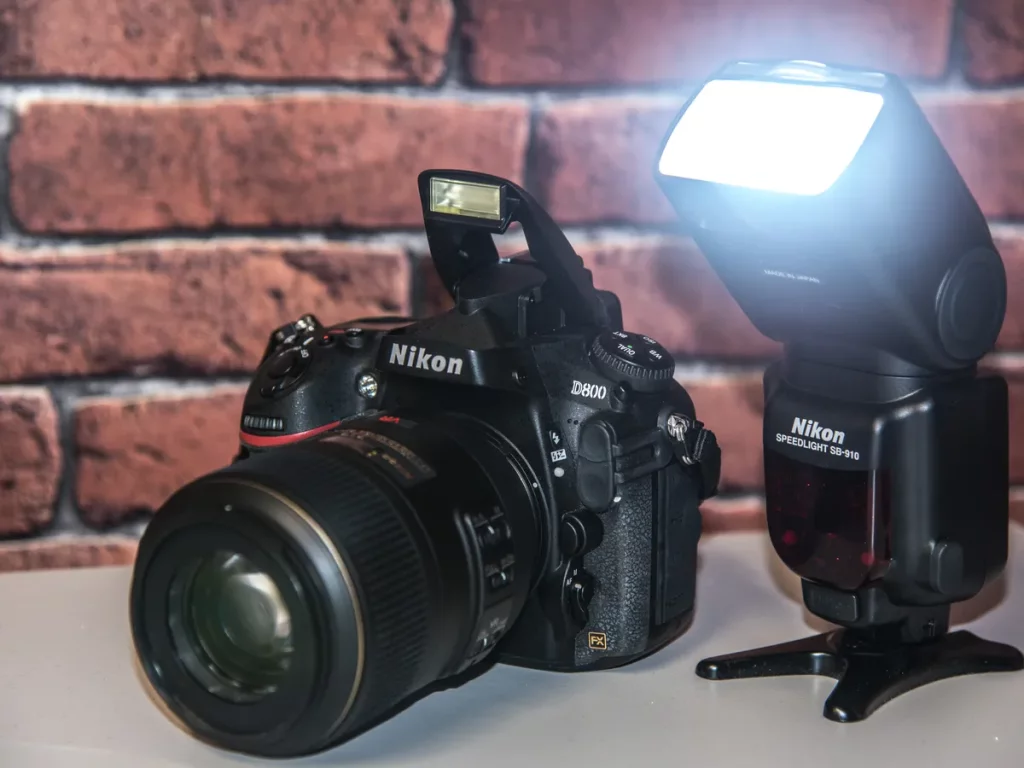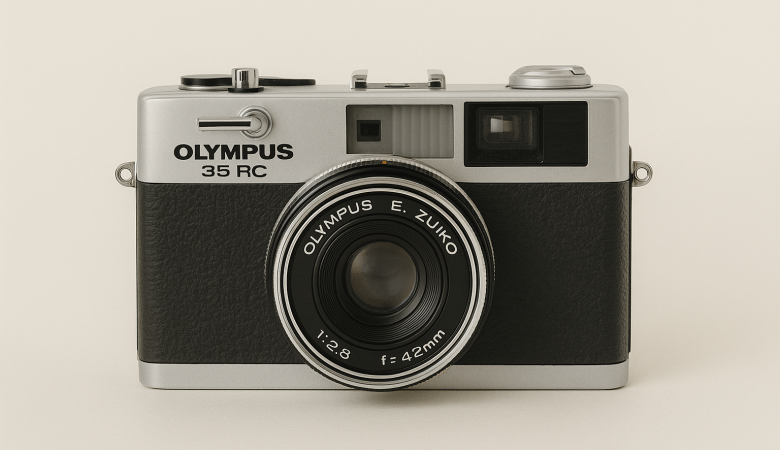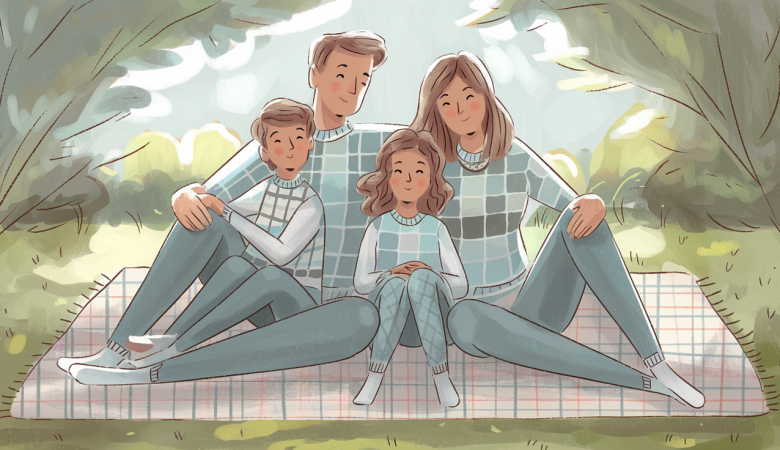There’s a big difference between a photograph taken with a flash and one taken without. A little bit of light from flashes can make a big difference, as it acts like a small sun.
And when you are taking your shots with a flash on, the camera monitors the light. Here, the differences between built-in and detachable flashes come into play.
Choosing the right kind of flash becomes a large part of learning photography from scratch. As you start with a simple camera and its built-in flash, you see the stark difference.
After quite a couple of tries, you can then master the kind of artificial light you want in your photos. But here is a basic explanation of how detachable flashes differ from built-in ones.
All About Detachable Flash
Detachable camera flashes are not attached to the camera. They are portable and bought separately from the device. They are also camera accessory that needs AA batteries to run. These flashes can be mounted on top of the camera, put on a light stand, or just used as is. Due to the number of options available, the photos that come out while using a detachable camera are extremely diverse.
If you are looking to upgrade your ordinary camera to get stunning photos, start with cheaper flashes. After you get the hang of flash photography, you can invest in a good speedlight and even higher-end flashes. Just getting one speedlight will allow you to create great photos that are very natural-looking. With a flash and a few techniques, you can change simple photos to something brilliant in one shot.
Detachable Flash Pros
Detachable flashes are preferred by professionals for good-quality photos as they have far more pros than cons. The first and most important is the benefit of being able to control the direction of the flash. The external flash allows you to move the source of light for a better-lit picture.
Another way detachable flashes are better because of the accessories they come with. With these add-ons, you can cast a shadow, make the light soft, and even spread the light from the flash. You also get to control the amount of light emitted from the flash very accurately. With so much control, you are bound to have amazing photographs for a relatively small price.
Detachable Flash Cons
However, as with everything in this world, detachable flashes come with a few disadvantages. The first issue you are to come across would be the bulk of your entire setup. The additional equipment will make it difficult to move around freely without being weighed down.
Another factor that adds to the disadvantage of an external flash is the AA batteries. You will often find that in times of need, your flash is out of batteries. So, make sure to check up on the batteries. As a foolproof plan, pack a few extras every time you go out with your camera.
All About Built-In Flash
The built-in flash of your camera comes included within the device. It pops up when you choose the flash option in the camera. However, most professionals use an external flash for better control over the light source. Yet built-in flashes are useful in certain situations as well. For one, the perfect distance while using the built-in flash should be about 6 and 12 feet.
Sometimes, the in-camera flash can produce overlitched pictures, but there are ways to avoid that. Just make sure that the distance between the camera and the object and the object and their background are equal. For photos taken with a built-in flash, the relative distance is the main factor to consider.
Built-In Flash Pros
The most significant benefit of using a camera’s built-in flash is the hassle-free experience of luggage. You will not have to carry any additional equipment and can take a walk with your camera for stunning pictures. While external flashes need batteries to operate, no such effort is required here. You will never have to worry about dying batteries on the shoot again.
Another reason why many users prefer using the built-in Flash is its accessibility. You can pop them up or lock them down at any time. And since it’s part of the camera, there are no additional packages to carry. These built-in Flashes will not change the weight of the camera as it is already there.
Built-In Flash Cons
Built-in Flashes have a lot of benefits, but there’s a reason why external flashes are popular. For one, they emit a very harsh light onto their subject, something most professionals tend to avoid. A built-in Flash’s light travels straight and illuminates the object that is right in front of them. For some cases, that’s beneficial, but often, the photo becomes overlit, with a bright and unflattering light on the subject’s face.
Another fault of a built-in flash is that it often tends to give people a red eye. This happens when the surroundings have little to no light. This happens because the flash is too close to the lens and shines too directly onto the subject.
Bottom Line
Everyone starts their first attempt at photography with a regular camera. As they understand the nuances, they add various accessories to the setup based on their needs.
A detachable flash is one such accessory that most professionals use for natural yet bright shots. A built-in flash is good while starting as you make sense of light and exposure.
While both detachable flashes and built-in flashes have their pros and cons, the choice depends on your needs. Whether you want something informal that you can use any time or want a big setup for professional shots, don’t forget to comment below and let us know which setup you prefer!








Leave a Reply